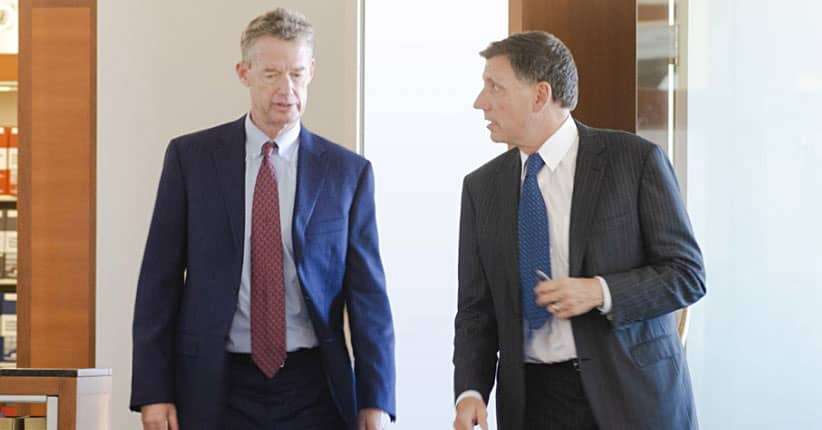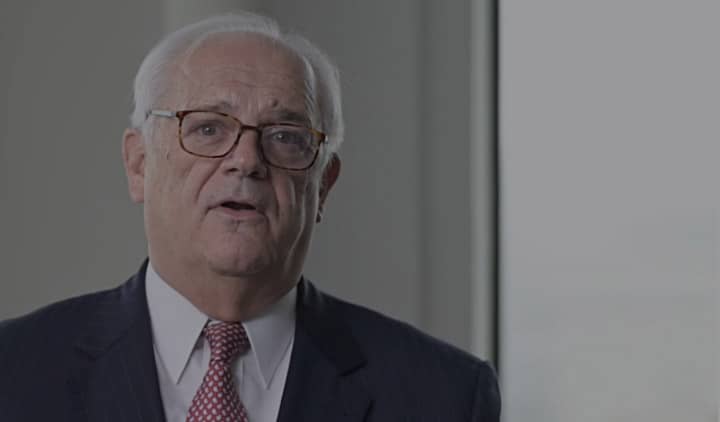About five years ago, American Traffic Solutions was contracted to install red light cameras at two intersections in South San Francisco. The red light cameras monitored the intersections of El Camino Real and Westborough Boulevard, and El Camino Real and Hickey Boulevard.
These intersections were targeted because they had been specifically identified as having unusually high incidences of motor vehicle collisions. However, citing concerns that the cameras are costly but have not actually led to a reduction in crashes, the City Council recently voted not to renew the contract with American Traffic Solutions for continued service.
While turning right on a red light is permissible at the pair of intersections, rolling right turns on red are illegal; more than 90 percent of the tickets meted out by the traffic camera system at the two intersections were for illegal rolling right turns on red. But, this type of violation rarely results in collisions.
Before the recent vote, one of the councilmen cited a National Highway Traffic Safety Administration study that found right turns at intersections for which right turns on red are permissible accounted for a mere 0.05 percent of all collisions during the study period – meaning only one crash out of every 2,000 took place when a vehicle was turning right at such an intersection.
Furthermore, at the actual intersections where the traffic cameras were placed, there did not seem to be a reduction in accidents. Last year, the Westborough Boulevard and El Camino Real intersection saw 24 accidents, but in 2008, before the cameras were installed, there were just 16 collisions at that intersection. The Hickey Boulevard and El Camino Real intersection did reduce its accident total when the years 2008 and 2013 were compared, but only by one.
Although the cameras have been shut down, the city plans to step up law enforcement patrols and ticketing campaigns at the intersections. But it seems clear that enforcing traffic laws can only go so far in preventing accidents at these intersections. With preventative efforts stalling, many motorists might have to turn to legal action to address car accident injuries after-the-fact.
Source: The San Francisco Examiner, “Red light cameras removed in South SF, but enforcement continues at problematic intersections,” Brendan P. Bartholomew, Sept. 12, 2014


